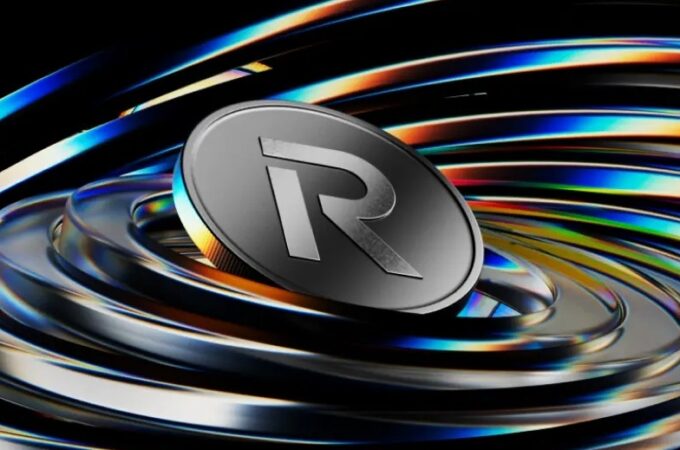Mobile Payments: A Hype Waiting To Happen
By Zohar Steinberg for the Forbes
Back in 2010, I had an idea for a mobile payments startup. It was clear to me and others that mobile payments were the next big thing, and that in a few years we’d all leave our wallets at home and instead pay with our phones.
Nokia — the biggest mobile phone manufacturer in the world, with close to 40% market share — started to launch devices with Near Field Communication (NFC) chips pre-installed, Apple launched the iPhone, Google and AT&T introduced Android, and T-Mobile and Verizon introduced a joint venture to produce a mobile payments service (with a budget of more than $100 million).
But six years and three wallets later, mobile payments are still a hype waiting to happen. It’s now being called an “evolution” instead of a “revolution,” as there’s no shortage of mobile payments-related companies despite the market being far from mass adoption. Apple Pay received plenty of media buzz at launch, only to be followed by Android Pay and Samsung Pay. And the $100 million promise of T-Mobile and Verizon’s joint venture simply changed its name to Softcard, and was permanently discontinued in early 2015.
Although the iOS and Android market share grew from 14.9% to 96.3% from 2010 to 2014, this is all hype. As someone who was intrigued by the unmet potential of this space and has dug deeply into this question since 2010, below I will explainwhy the hype never materialized into any real change.
The first questions we had were, “How come that even with huge market leaders behind it, tons of money invested and years of trial and error, we are still waiting on the big promise of mobile payment? What prevented this hype from becoming a reality?”
On one hand, it may seem that people just don’t mind paying with cash or a credit card, and when its comes to mobile payments, people fear the new technology. Many consumers lack confidence when it comes to the security of mobile payments. However, a similar technology didn’t stop these same folks from adopting mobile banking.
We’ve seen from our experience that people are intrigued by the concept of mobile payments — hence mobile banking — which would indicate that there’s not a conceptual lack of incentive for users. But while Apple, Google and Samsung built great payment infrastructures, they missed an important part of a payment ecosystem by not addressing consumers’ concerns or communicating the added value of using mobile payment systems.
Getting From Hype to Reality Takes Fuel
Like revolutions, hype needs a reason. Revolutions are created and driven by everyday people who feel a need to experience a value they can relate to and share. This value or incentive serves as the fuel for the hype, and will not be sustainable without this type of energy keeping it alive.
In her 2013 New York Times article “I’m Still Waiting for My Phone to Become My Wallet,” which Tim Cook quoted at the Apple Pay launch, Jenna Wortham claims that “mobile payments are trying to solve a problem that doesn’t exist for most people.” After spending time in the industry, I tend to agree: in order for the mobile payments hype to rise, people need a better reason to use it than the fact that it merely exists.
This is the “a ha” moment that helped my own company answer the question every entrepreneur should ask themselves early on. Mobile payment creators — ourselves included — never considered: “Why would people use my product?” and “What value will my product provide its users?”
Addressing a Need in the Marketplace
We understood that in order for mobile payments to become more than hype, they have to appeal to people’s needs and address their concerns. We found out that existing solutions either focused on the merchant’s or financial institution’s needs — or simply do not address any need, problem or concern at all. This explains the lack of mass consumer adoption.
So instead of trying to put traditional payments on mobile, the question for those in the mobile payments space should be: “How can we use mobile to improve payments?” or “What can mobile add to payments that traditional payments can’t?”





